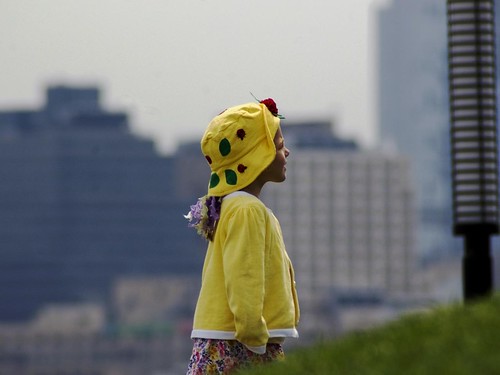This standalone piece is part of a special series on Startup Tunnel, a new incubator based in New Delhi. Links to earlier articles appear at the end of the article.
This past week I led a workshop on building pitchdecks, not only for our own startups but for a wider crew of entrepreneurs. I’d asked the assembled group to help me whiteboard out the essential information they thought should be included in a pitchdeck. One bullet point, nearly overlooked towards the end of the list, said: Competition and Competitive Advantage. At this point I asked the group whether they didn’t also want to talk about creating a new monopoly?
Folks seemed to shift uncomfortably in their seats… apparently not. Why not? I asked. Do you mean like a public sector company, someone said. Ah, ah, ah, no, I said, realizing that the term monopoly wasn’t an abstract concept in the Indian context, but a real and oppressive part of our not-so-distant past. Yes, perhaps I’m being a bit loose with the term monopoly — I don’t mean state-sanctioned and absolute monopoly — I mean the kind of market leadership, let’s say more than 50% market-share, that can resemble monopolistic dominance. Don’t you want that? Well, VCs want to know that the space is real, said one founder. We want to work in an area where there is a good chance of success, said another, and that means there will already be competitors.
But isn’t that a problem? I asked. If the area you’re working in can already be defined as a competitive landscape it isn’t really all that new. In which case, how innovative is your startup concept? Think of any major startup that you’re inspired by these days and you’ll see they’re all near monopolies: SpaceX, Tesla, Airbnb, Dropbox, Snapchat. Before they came along, no one was doing what they’re doing. Now that they exist, people will come along and try to emulate them, but they’ve actually created a new market, in which they’ll continue to enjoy dominance. In some sense, that’s the only way these kinds of valuations can even be justified, either economically or socially or even in terms of the public good. These startups have created fundamentally new value and new social-technological possibilities that never existed before.


